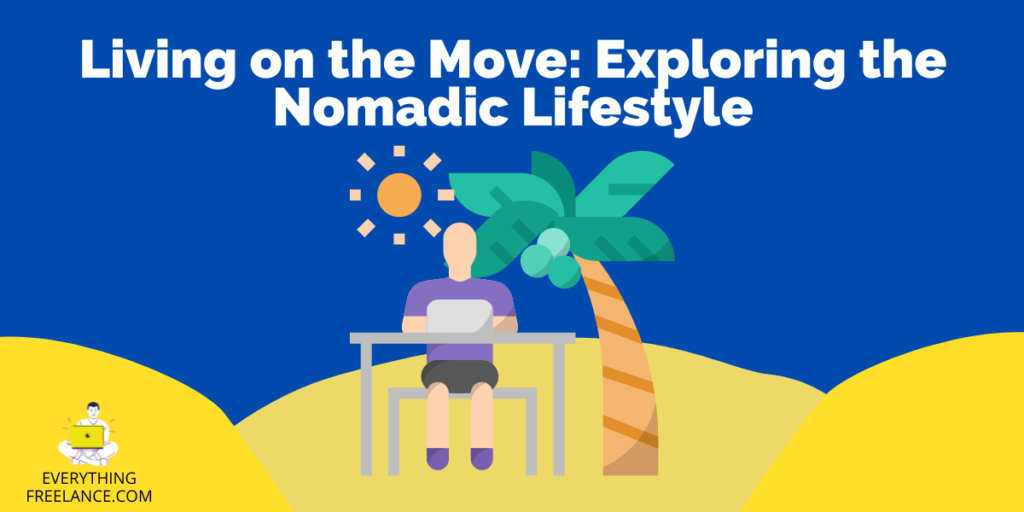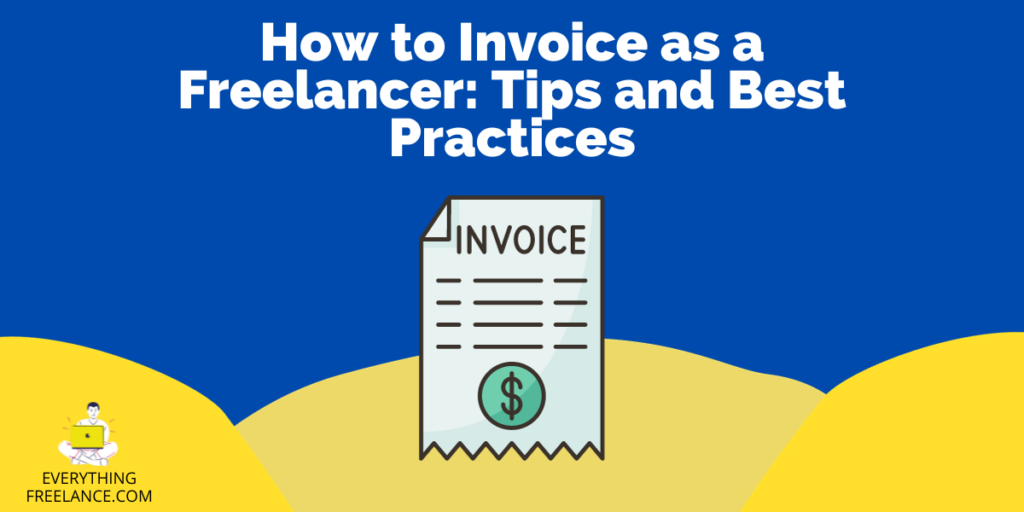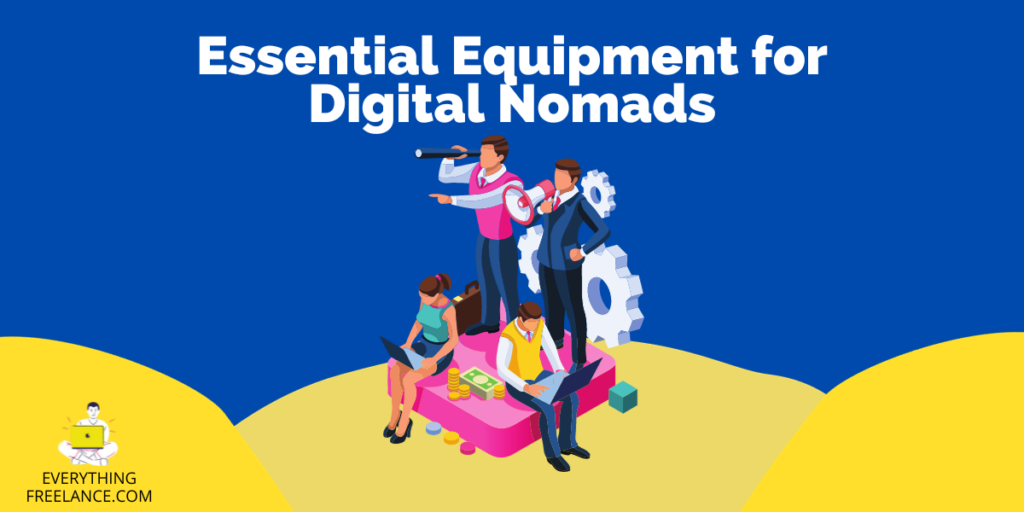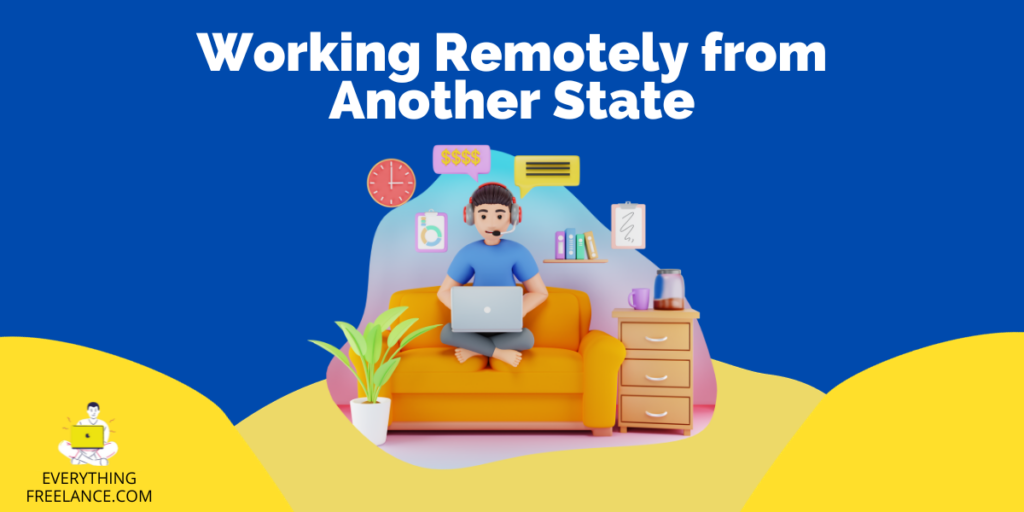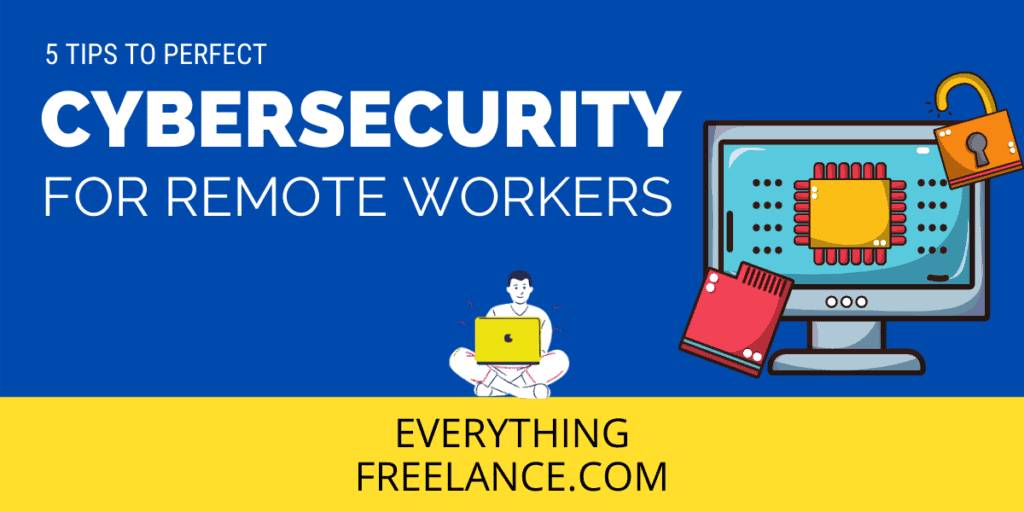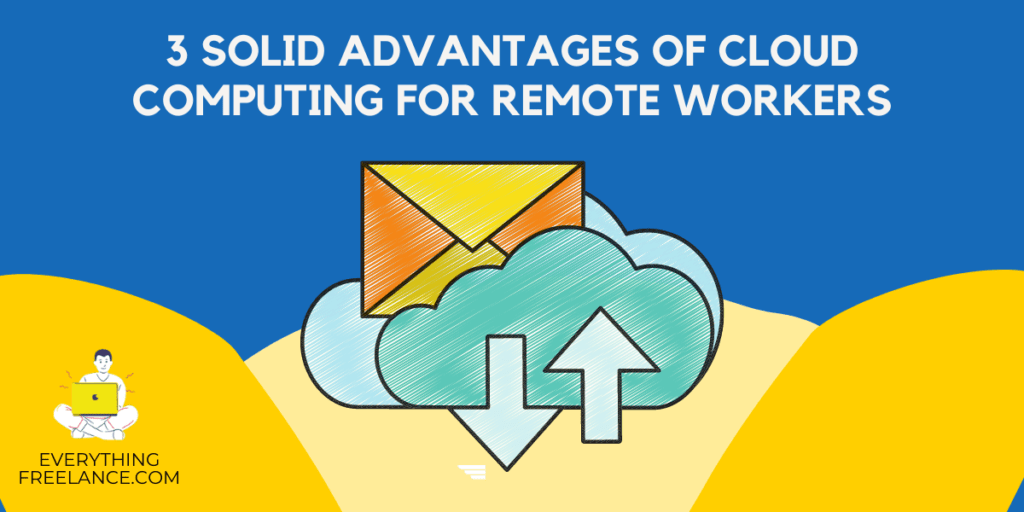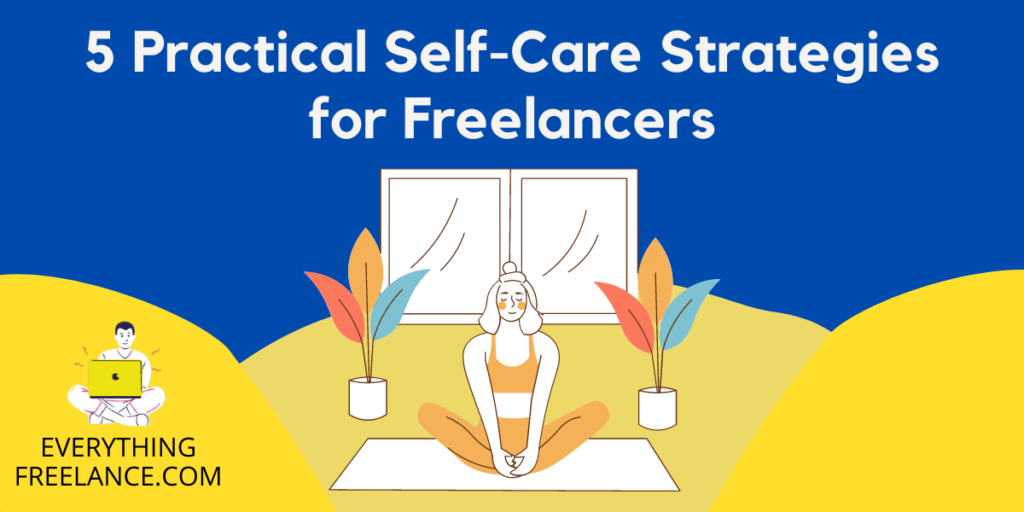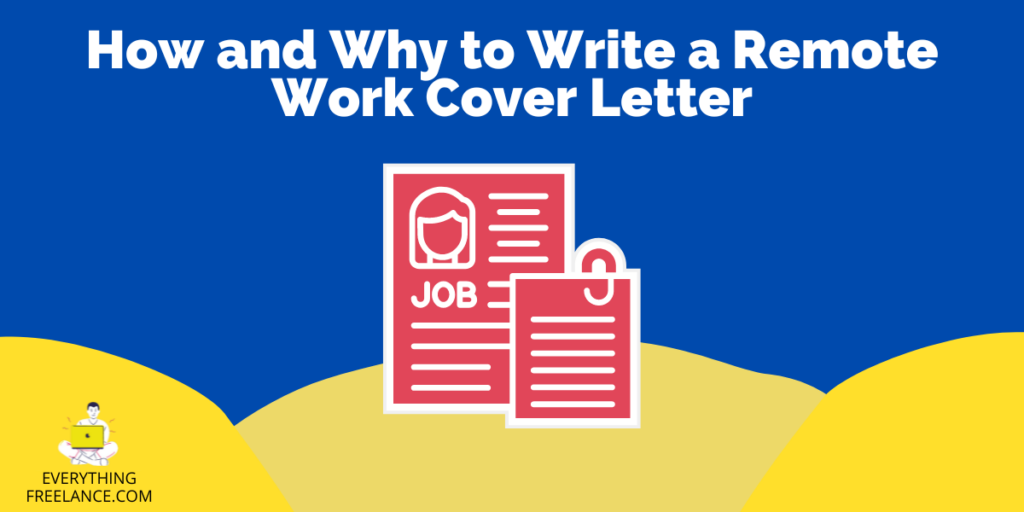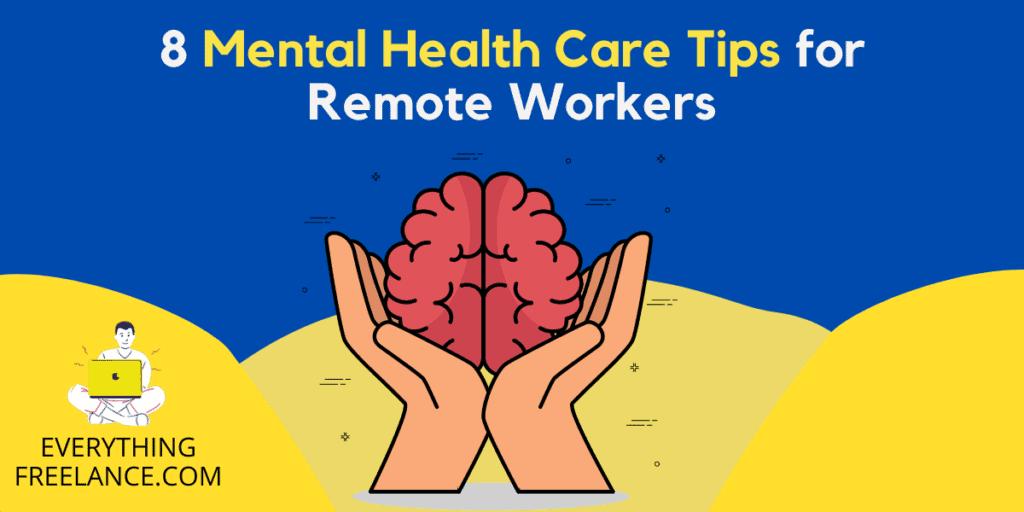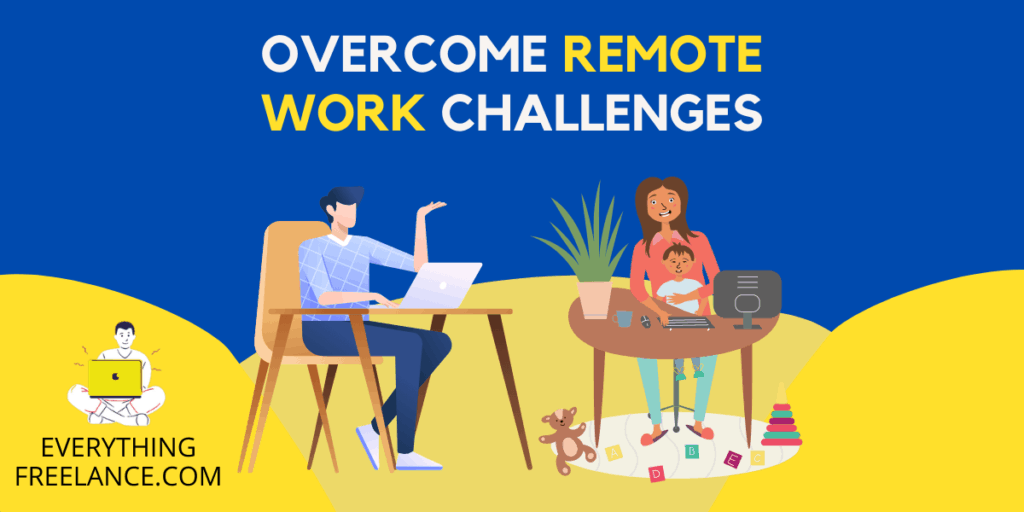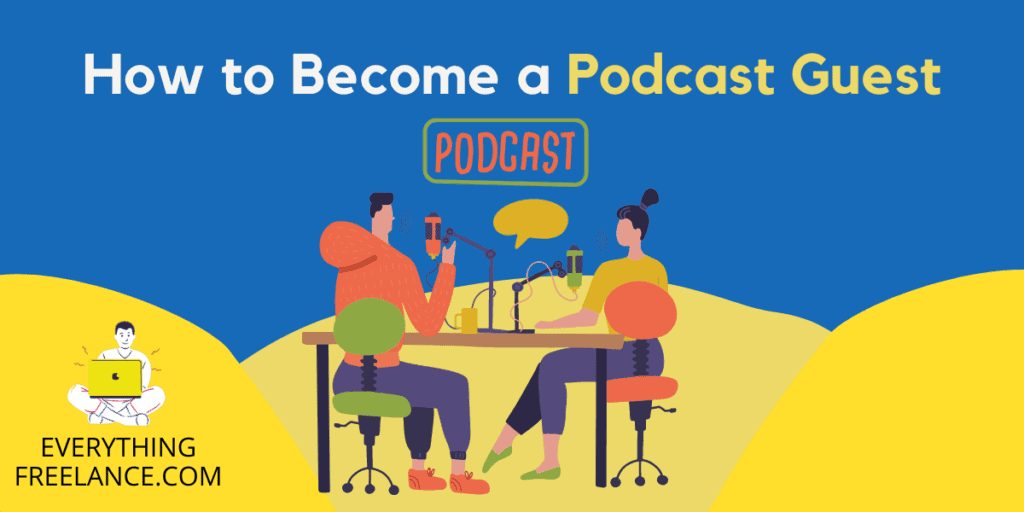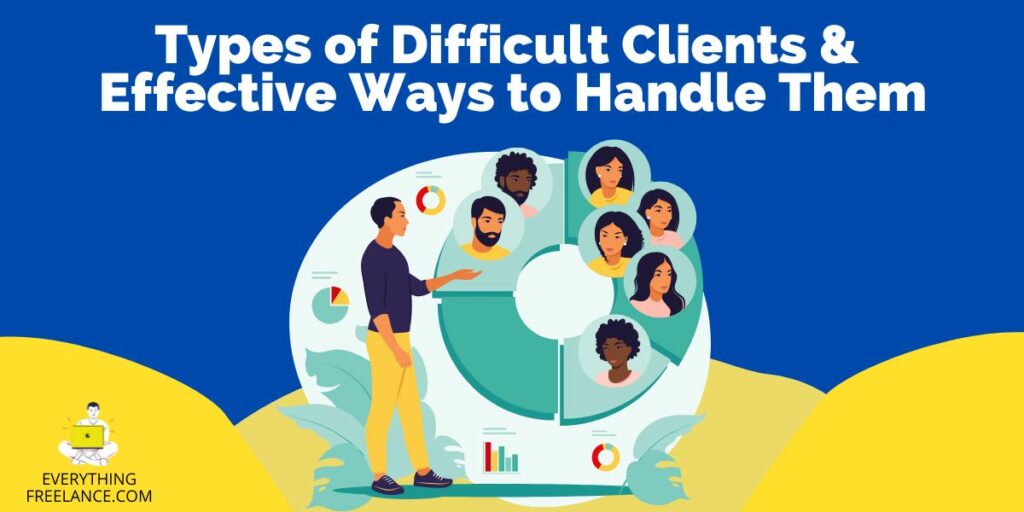The idea of a nomadic lifestyle has a long-standing allure, stretching back thousands of years when ancient people traveled from one place to another in search of food and resources. Today, we still find ourselves captivated by this notion—an escape from the day-to-day grind and routines. But what is a nomadic lifestyle?
The definition of “nomad” is quite broad. Its most simple version refers to someone who doesn’t live in one fixed location but regularly moves from place to place. The appeal of the nomadic lifestyle in modern times is twofold: freedom and exploration.
For many, living on the move gives them control over their lives. Instead of being tied down to a job or place, they can make their own decisions about where they want to go and what activities they want to pursue.
In this article, we will talk about the benefits and challenges that come with being a nomad. We will also give you some tips on how to transition to a nomadic lifestyle. Keep reading!
The Advantages and Challenges of Nomadism
Living the nomadic lifestyle sounds thrilling and has many advantages. However, it’s not that simple, as there are some challenges that also come with it. Below, we’ve set the pros and cons of this lifestyle, highlighting the most important aspects in both sections. Let’s explore the ups and downs of a life lived on the move!
Nomadic Lifestyle Advantages
There is an undeniable appeal to living a nomadic lifestyle that fits those who enjoy having flexibility in their movement and exposure to diverse cultures. The minimalist ethos allows people to live simply, unburdened by possessions and societal expectations. This offers individuals opportunities for personal growth and self-discovery as they navigate different cultures, customs, and cities.
Nomadic Lifestyle Challenges
Like any lifestyle choice, there are drawbacks to being constantly on the go. One of the biggest challenges faced by nomads is dealing with the uncertainty of not having a permanent home or routine. This can be difficult, especially regarding managing logistics and resources such as finding reliable internet access, stable housing, and reliable transportation.
Another challenge is maintaining social connections since nomads often move away from family and friends or change countries every few weeks or months. Finally, with no end in sight for their travels, there is a potential for burnout and exhaustion if they are not careful.
Types of Nomadic Lifestyles
Nomads come in many forms. Some travel across countries and continents, while others move within their region or country. Different types of nomadic lifestyles offer different adventures. Below we’ve explored some of them.
Vanlife
Vanlife is a nomadic lifestyle that involves living in a van and traveling from place to place. It has become increasingly popular over the past few years due to its freedom and flexibility, with many people embracing this alternative way of life. Most van lifers travel as they go, living on the move and exploring different destinations.
The advantages of vanlife include cost savings, having complete control over your schedule, enjoying nature more intimately, and forming connections with a fantastic community of like-minded people. However, it also comes with challenges, such as finding places to park or stay safe overnight, dealing with weather conditions, and lacking privacy.
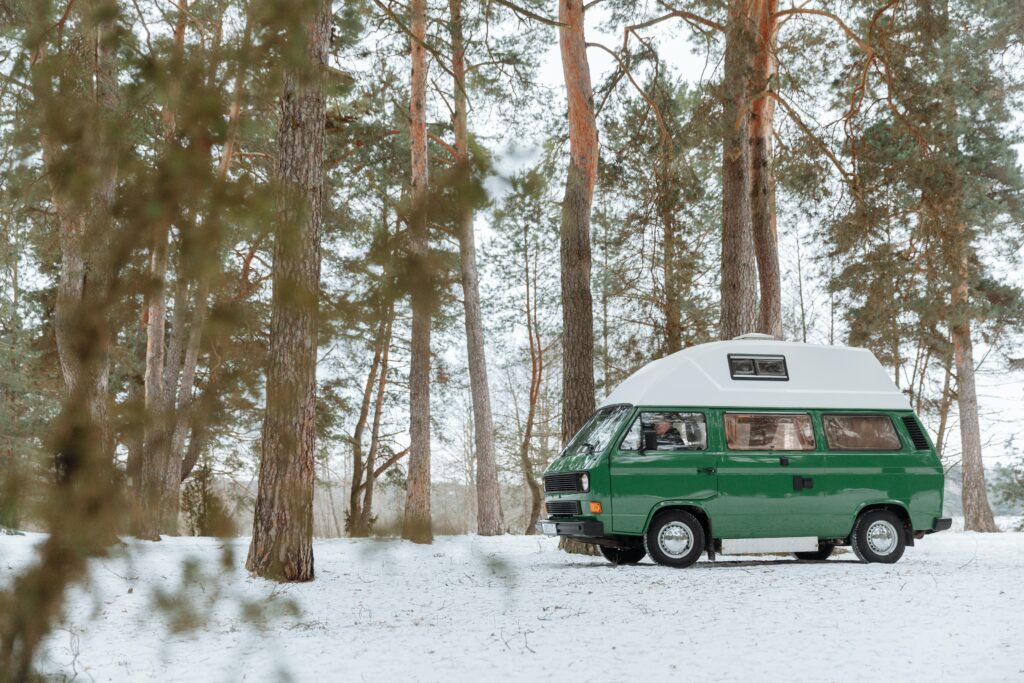
Popular destinations for van lifers include coastal towns along the East Coast of the United States, national parks, and remote deserts or mountains. Many online communities are dedicated to van living, which provide helpful resources to get you started and answer any questions you may have.
By joining these friendly forums and social media groups, you can quickly become part of a vibrant and encouraging community with plenty of advice and tips on making this unique experience even better.
Vanlife is becoming increasingly popular among those looking for an adventure away from the hustle and bustle of everyday life. With its perks, challenges, and growing community of nomads, it’s no surprise that more people are embracing this lifestyle choice every day.
Backpacking
Backpacking is a type of nomadic lifestyle that has become increasingly popular in recent years. The history of backpacking goes back centuries, and adventurers have practiced it for many years. It involves traveling around the world with only a backpack and limited possessions, usually relying on budget accommodation and public transportation to get from place to place.

Backpacking offers several advantages, such as low-cost travel, meeting new people, exploring unfamiliar places, and participating in life-changing experiences. However, there are also challenges, including culture shock, language barriers, and finding safe places to stay. Popular backpacking destinations include Europe, Asia, South America, and Australia.
The backpacking community is very active online, so plenty of resources are available to make the experience even more enjoyable. These include blogs, forums, and social media groups.
House Sitting
Simply put, house sitting involves looking after someone else’s home while they are away on holiday or otherwise away from their property. It’s the perfect solution for people without much money who want to travel and live on the move.
The origins of house-sitting go back centuries. However, this unique opportunity to experience different cultures has exploded in popularity in recent years as technology, education, and global lifestyles have changed significantly.
The advantages of house-sitting are numerous. For starters, you get free accommodation, you don’t have to pay any bills or utility costs (unless specifically agreed), you can experience a new culture and meet interesting people, and you can still maintain your schedule and lifestyle.
On the flip side, there are challenges. It can be difficult to find a property that suits you; there may be restrictions on what you can do while staying in someone else’s home, and oftentimes, you won’t know exactly who or what you will have to deal with until you arrive.
Popular destinations for house sitters include Europe, Australia, New Zealand, Canada, the US, and South America. Each region offers unique experiences—from beachfront properties in tropical climates to mountain retreats in rural communities. As well as being great places to relax and explore new cultures, they also make perfect bases for further travel adventures.
Finally, there is now a range of online communities and resources that provide house-sitting opportunities to aspiring travelers. These include websites such as TrustedHousesitters and Nomador, which offer a wealth of information about potential properties, host country information, tips for successful house sitting, and much more.
Digital Nomadism
Digital nomadism is a lifestyle that has been gaining traction in recent years. It involves living and working on the move without being tied to one specific location. This nomadic lifestyle often means frequent relocations, ranging from city-hopping within one country to traveling around multiple countries.
Digital nomads leverage technology such as laptops and smartphones to stay connected so they can work remotely. The concept of digital nomadism first arose in the 1990s, but it was in the early 2000s that it began gaining popularity due to advances in technology and globalization.
Today, this way of life appeals to many people who prefer a more flexible lifestyle away from the constraints of an office job or cubicle. In addition, digital nomads can experience different cultures and places while still earning an income.
Popular destinations for digital nomads include Southeast Asian countries such as Thailand, Indonesia, and Vietnam, as well as European cities like Berlin, Lisbon, and Prague. Digital nomad communities exist in many of these places, offering resources that help newcomers settle and integrate into the local scene.
Digital nomadism is not without its challenges, though. Issues such as visa regulations can be difficult to navigate, and it’s often hard to stay connected with family members or friends back home due to frequent relocations.
How to Transition to a Nomadic Lifestyle
The idea of transitioning to a nomadic lifestyle can sound incredibly appealing. You get to travel the world, experience different cultures, and embrace lifelong learning. However, before you jump in head first, it’s important to assess your suitability for living on the move.
Keep reading to find out what you need to do to become a nomad.
Assessing Personal Suitability
Do you have an adventurous spirit? Are you comfortable with uncertainty? Are you able to stay organized amidst a sea of potential chaos? You must have all of this in mind and think about it before you choose the nomadic lifestyle. Be honest with yourself to be better prepared for any challenges on the move.
Financial Planning and Budgeting
Once you have assessed your mental readiness for a nomadic lifestyle, the next step is financial planning and budgeting. To get on track with this step, here are some questions that you can go through:
- How much money will you need for basic expenses such as food, accommodation, and transport?
- Have you thought about setting up a savings account or emergency fund should something unexpected arise during your travels?
- Have you considered health insurance, depending on the countries you plan to visit?
Downsizing and Decluttering
Living a nomadic lifestyle means living out of a suitcase or backpack. This may mean selling off any unnecessary possessions that won’t fit into your luggage or donating them to charity. Take some time to really think about what items are essential for your travels, such as clothing, toiletries, technology, and books, and ensure you leave room for souvenirs!
Acquiring Necessary Skills and Equipment
Once you have downsized and focused on purchasing only the essentials, acquiring all the necessary skills and equipment is important before embarking on your journey. For example, do you know how to use public transport in various countries?
Or have you considered taking an online language course to help communicate with people in other cultures? Think about the type of equipment you will need, such as a laptop, phone, USB charger, and adaptor suitable for multiple plug sockets.
Finding Remote Work Opportunities
Finally, if your goal is to transition to a nomadic lifestyle while still earning money, then it’s worth investigating different remote working opportunities. Can you freelance in areas such as web design, writing, or translation? Or teach English online?
Ensure you create a CV/resume tailored to the types of jobs you are applying for. This can make all the difference when employers are looking at your experience.
FAQs
What are the benefits of a nomadic lifestyle?
There are many benefits to living on the move and embracing this exciting way of life. From financial freedom to seeing new places and meeting interesting people, the advantages of being a nomad cannot be overstated.
How do I make money while living a nomadic lifestyle?
One way nomads can make money is by freelancing online. This allows them to work from anywhere with an internet connection and use their skills to earn an income. There are also opportunities for remote jobs or digital nomad jobs that provide an alternative source of income.
What are the best destinations for a nomadic lifestyle?
As for where to go as a nomad, the options are endless. Some of the best destinations for a nomadic lifestyle include Thailand, Malaysia, Mexico, India, and Portugal. Each of these countries has its own unique culture that you can explore while also taking advantage of its cost-effectiveness.
How do I maintain social connections while living a nomadic lifestyle?
Another important factor in living a nomadic lifestyle is maintaining social connections. Fortunately, with technology such as video calls or messaging services like Zoom and Skype, staying connected to friends and family is easier than ever before.
Is a nomadic lifestyle suitable for families with children?
While it can be challenging, there are many ways to make the experience enjoyable for both you and your family. From finding activities to keep them entertained and staying in touch with loved ones back home, a nomadic lifestyle can be just as rewarding for parents as it is for their children.


